
What is Vix Index?
Definition: One of the most recognizable measurements of expected equity volatility is the VIX Index, the official called is Cboe Volatility Index. It’s a forward-looking indicator of future volatility in the S&P 500 index, reflects the sentiment of option market participants. Investors use it to evaluate levels of uncertainty for upcoming price changes and estimate the corresponding risks and potential returns.
Vix has an inverted relationship with S&P 500 because when markets get nervous, Vix rises and when markets calm down, Vix drops. That’s why we also call Vix a stock market fear gauge, it tells us a lot about current market conditions.
How Vix is Calculated?
The VIX value is an estimate of the 30-day future volatility based on option prices on the S&P 500 index. It’s averaging the weighted prices of out-of-the-money puts and calls.
If you hold the VIX®, be aware of the fact that it’s possible to have two consecutive expirations with more than 23 days and less than 37 days. These can also include the standard monthly expirations as well as weekly S&P 500 options.
Here is the formula –>
I know that’s complicated but you don’t need to go into it. The only thing that you should know it’s how Vix impacts the market.
Check – How S&P 500 PE Ratio Work
Understand The Vix Effect
Vix indicates the level of uncertainty in the market, which means higher VIX levels indicate higher currency volatility and uncertainty about the future. Lower VIX levels indicate lower current volatility and greater certainty about the future.
Take a real example –
This chart shows you the inverse relationship between Vix and the S&P 500.
Standard Deviation
The standard deviation is a great metric that describes the spread of volatility. As it indicates, the VIX has a moderate standard deviation which means it trades in a very stable manner. Data shows 95% of the time, Vix trade between 10 to 44, and while 65% to 75% time remains in the 12 to 30 range.
Vix Levels Analysis
If you want to trade Vix you need to understand the levels and how it works –
Why & How to Trade VIX?
Vix is the popular choice for those traders and investors who want to diversification and hedge their portfolio against the market negative correlation/recession.
Let’s take an example –
Tom, who is an investor, had figured out in early 2020 how the coronavirus was going to affect the stock market. In such a situation, he bought Vix Future and ETFs to secure his portfolio.
And you can see in the picture how Tom saved himself from the coming market crash.
Top Vix ETF
If you want to secure your portfolio from market uncertainty then you can simply go with Top Vix Index ETF’s –
- VXX | AUM – $998.2M | Expense Ratio – 0.89%
- VIXM | AUM – $91.14M | Expense Ratio – 0.87%
ETFs Related Post –
Frequently Asked Questions
Q 1 What is the full name of VIX?
Chicago Board Options Exchange’s (CBOE) Volatility Index, which was created in 1993.
Q 2 Is the high level of Vix good or not?
Vix index shows the uncertainty and fear in the market, which means high level shows high fear and volatility (It’s Bad).
Q 3 When Volatility is low, what does it mean?
It means there is less fear and stress, also stability, and long-term growth.
Q 4 VIX and VXX difference?
Vix is the Index that shows the volatility, and VXX is an ETF (Tradable Product) that represents the performance of Volatility.
Q 5 What is Volatility Contango?
When futures going upside from left to right that is called Contango (Short-term Futures > Long-term Future)
Q 6 Can I trade the Volatility?
Yes but not directly, you can go with Futures and ETFs.
Q 7 Is Vix important for Trader?
It’s a great indicator but you can’t trade any security only based on it, you have to understand the overall situation.
More – If you have more queries then go to CBOE FAQ
Description – All the information is given only for educational purposes, don’t take it as investment or trade advice.
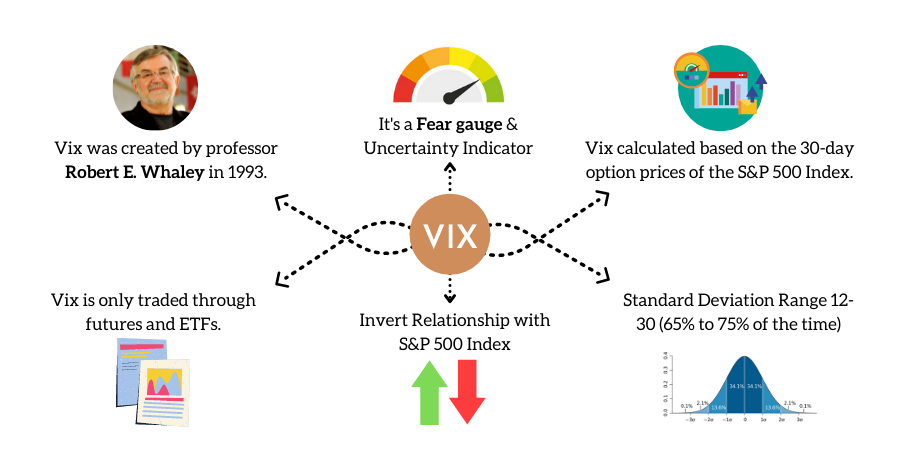
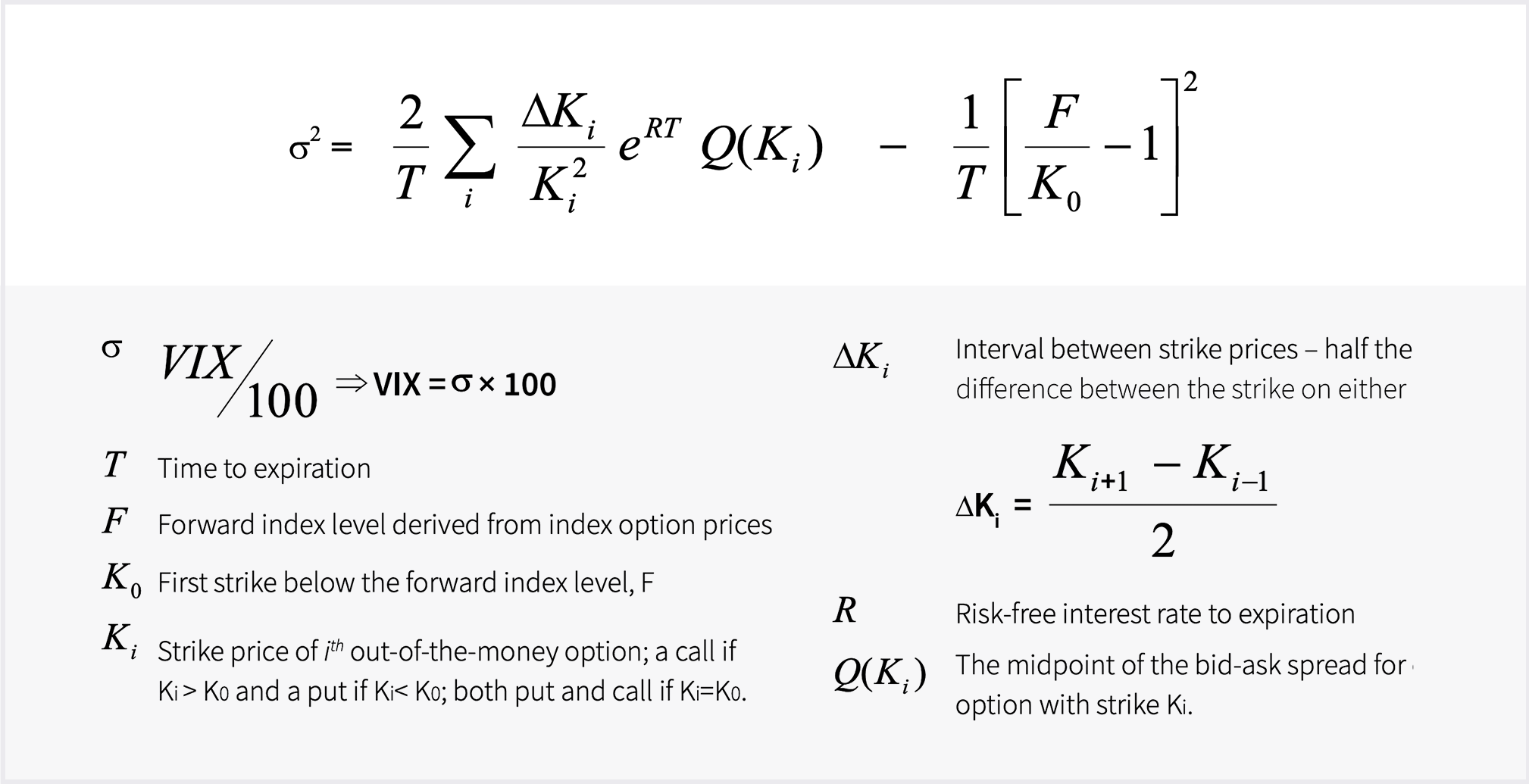
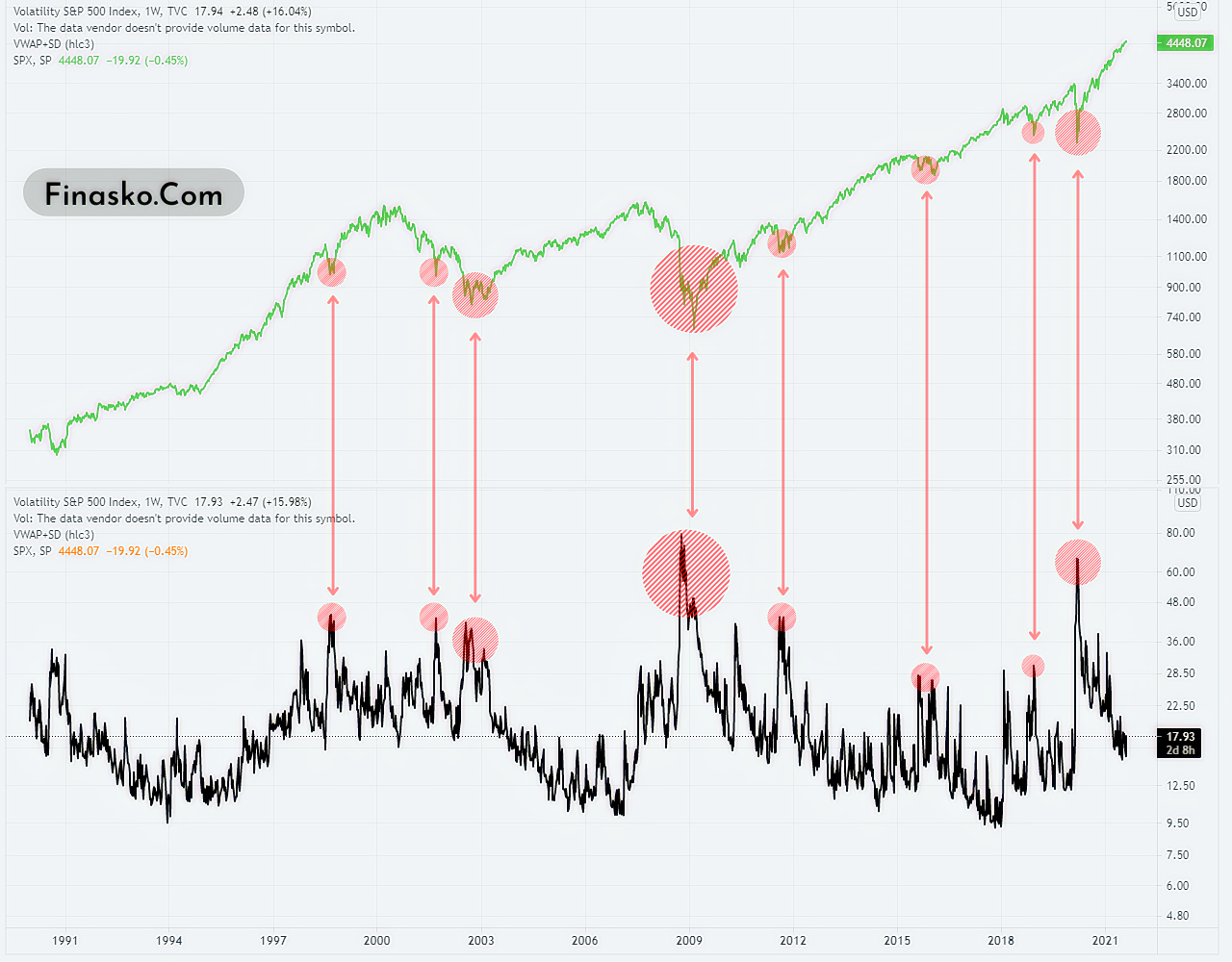

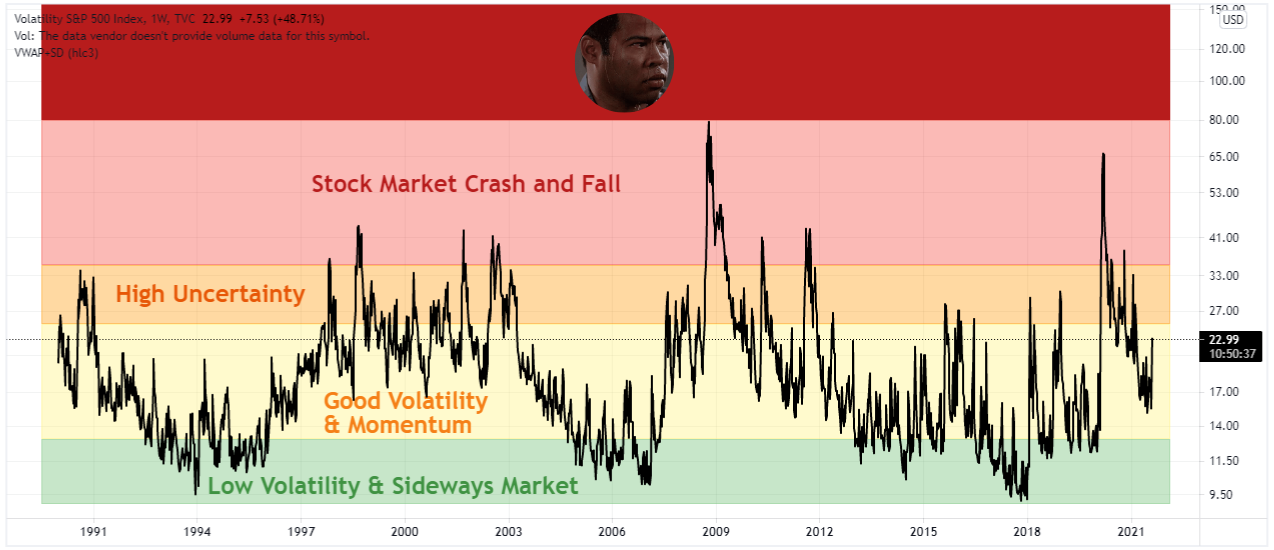
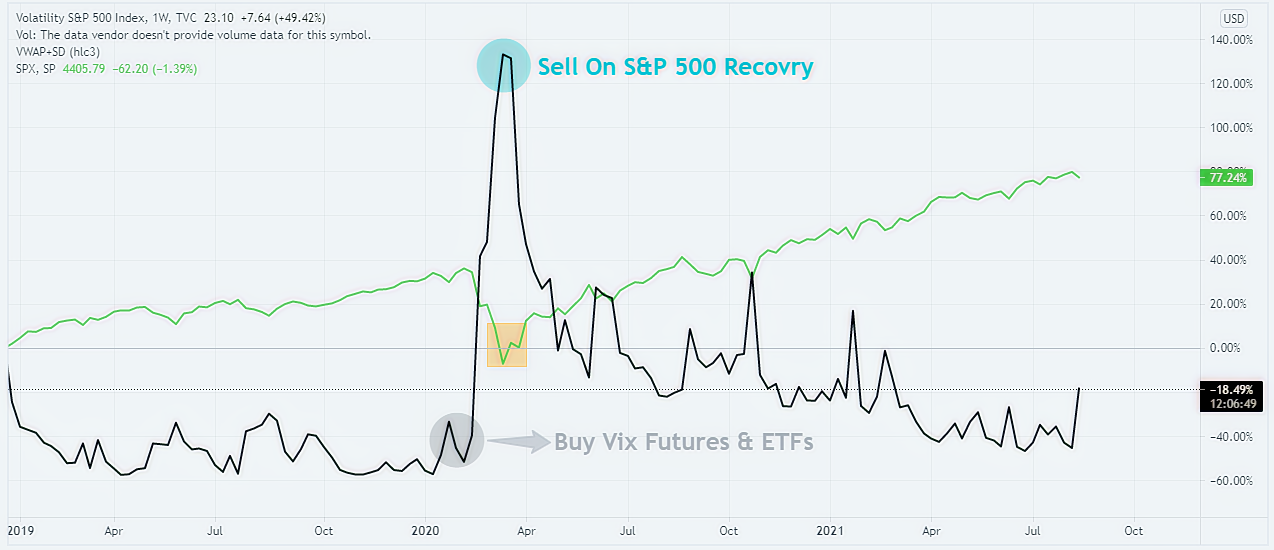
0 Comments